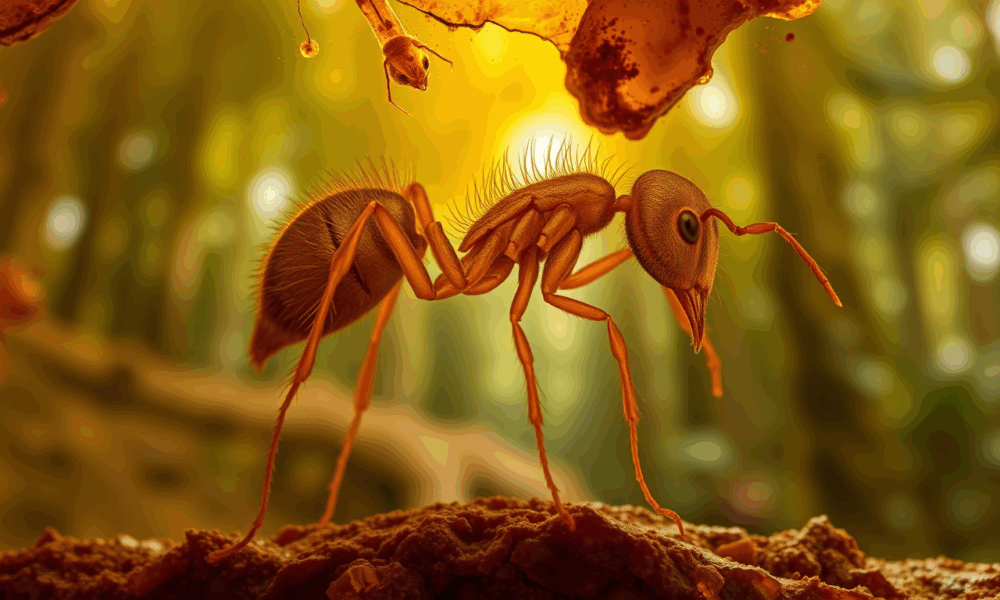
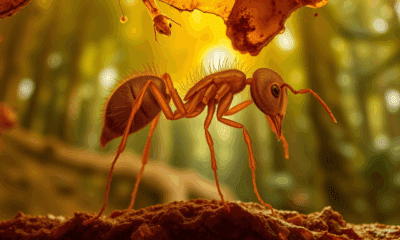

A fossilized Caribbean dirt ant, Basiceros enana, preserved in Dominican amber, reveals the species ancient range and overturns assumptions about its size evolution. Advanced imaging shows...
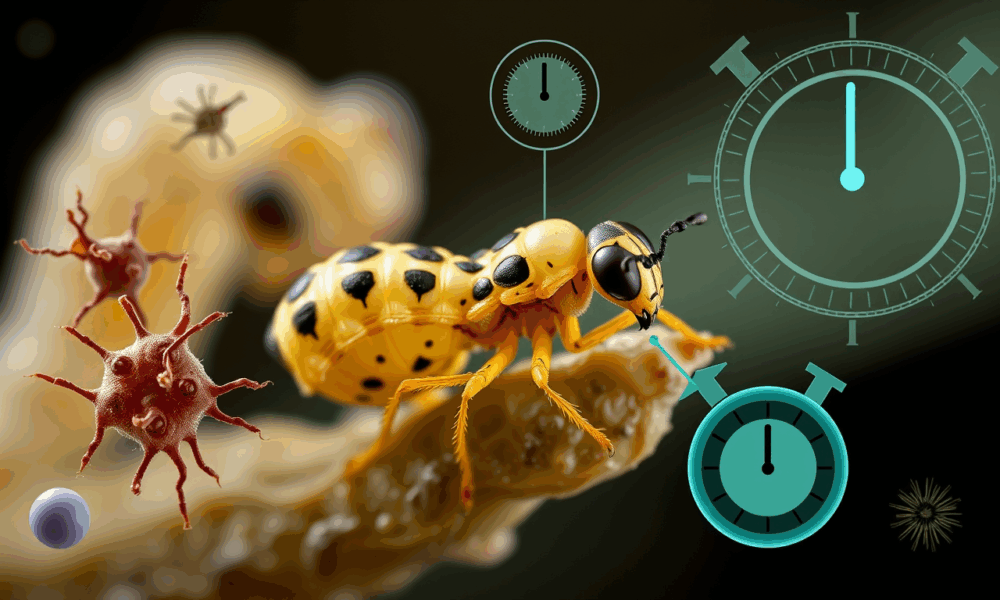
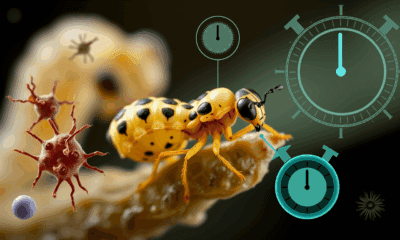

Scientists discovered that jewel wasp larvae that undergo a developmental "pause" live longer and age more slowly at the molecular level by nearly 30%. This slowdown...
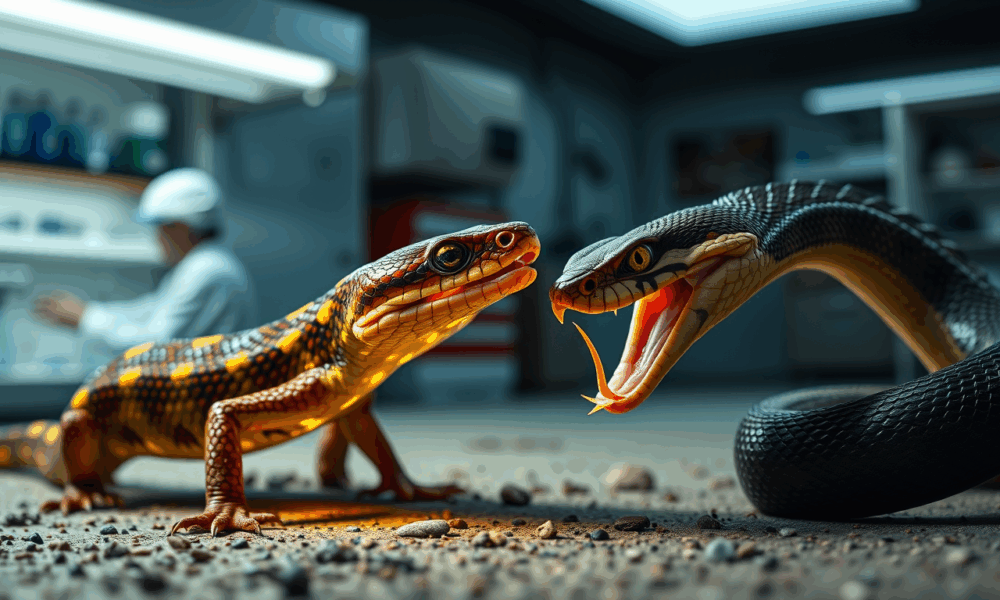


Australian skinks have developed a remarkable genetic defense against venomous snake bites by mutating a key muscle receptor, making them resistant to neurotoxins. These tiny but...
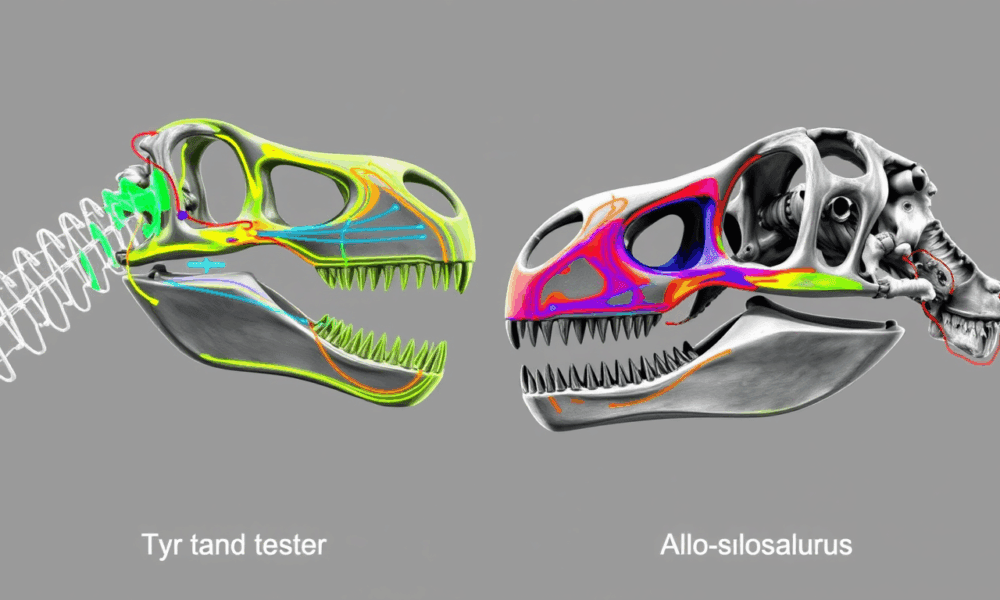
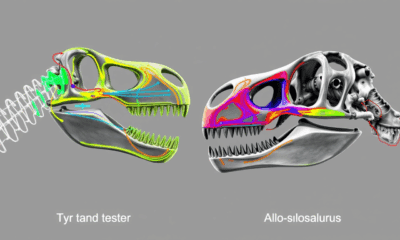

Tyrannosaurus rex might be the most famous meat-eater of all time, but it turns out it wasn’t the only way to be a terrifying giant. New...
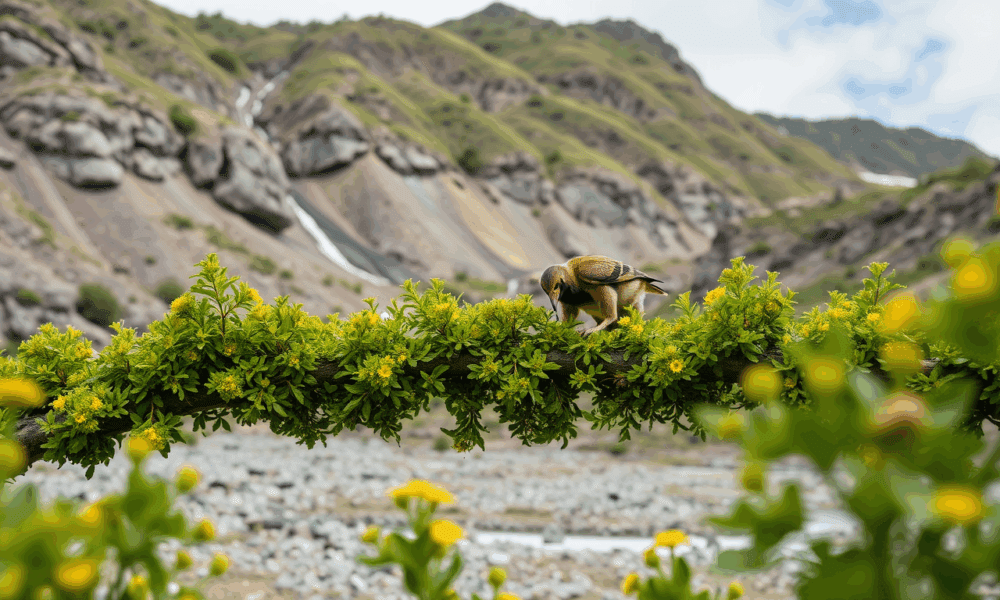


Every time someone snaps a wildlife photo with iNaturalist, they might be fueling breakthrough science. From rediscovering lost species to helping conservation agencies track biodiversity and...
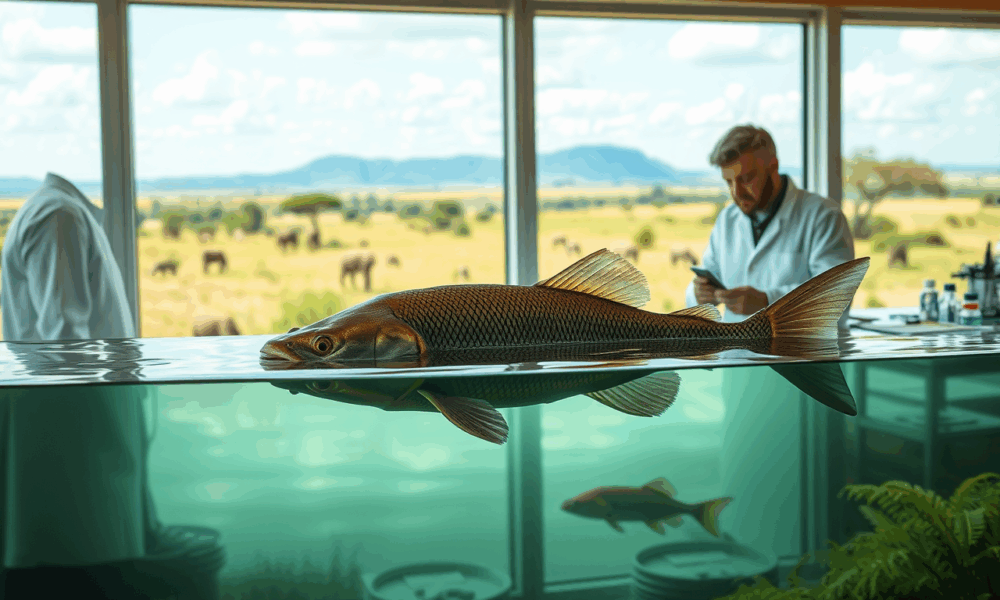
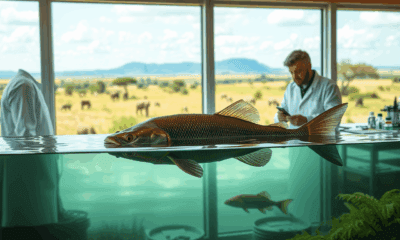

A fish thought to be evolution’s time capsule just surprised scientists. A detailed dissection of the coelacanth — a 400-million-year-old species often called a “living fossil”...

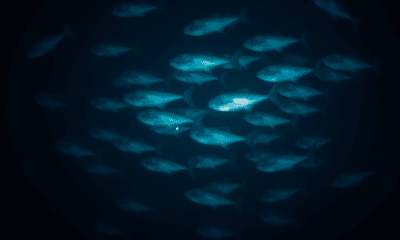

Mesopelagic fish, long overlooked in ocean chemistry, are now proven to excrete carbonate minerals much like their shallow-water counterparts—despite living in dark, high-pressure depths. Using the...
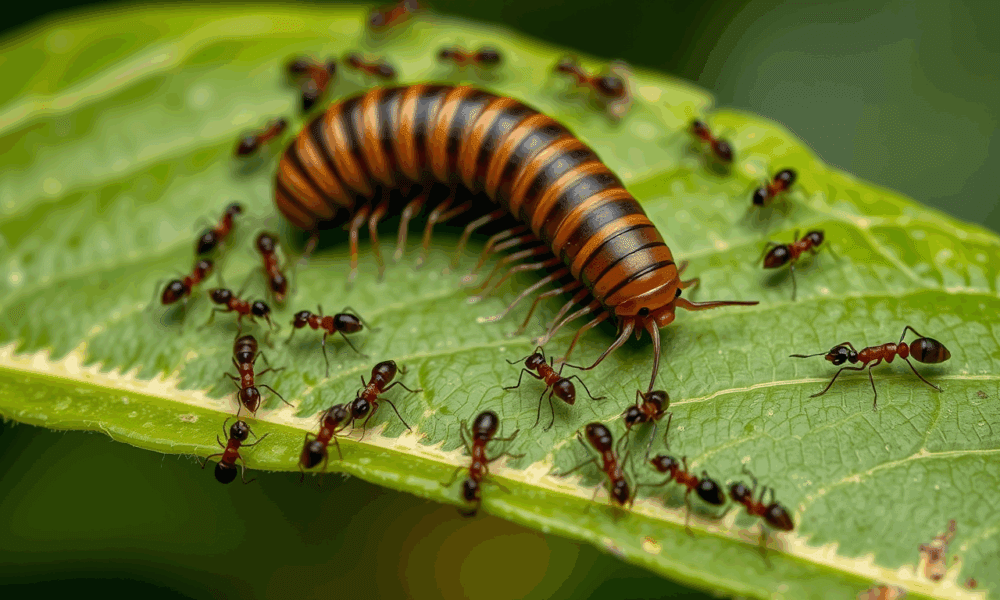
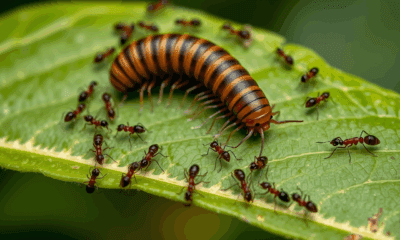

Millipedes, often dismissed as creepy crawlies, may hold the secret to future painkillers and neurological drugs. Researchers at Virginia Tech discovered unique alkaloid compounds in the...
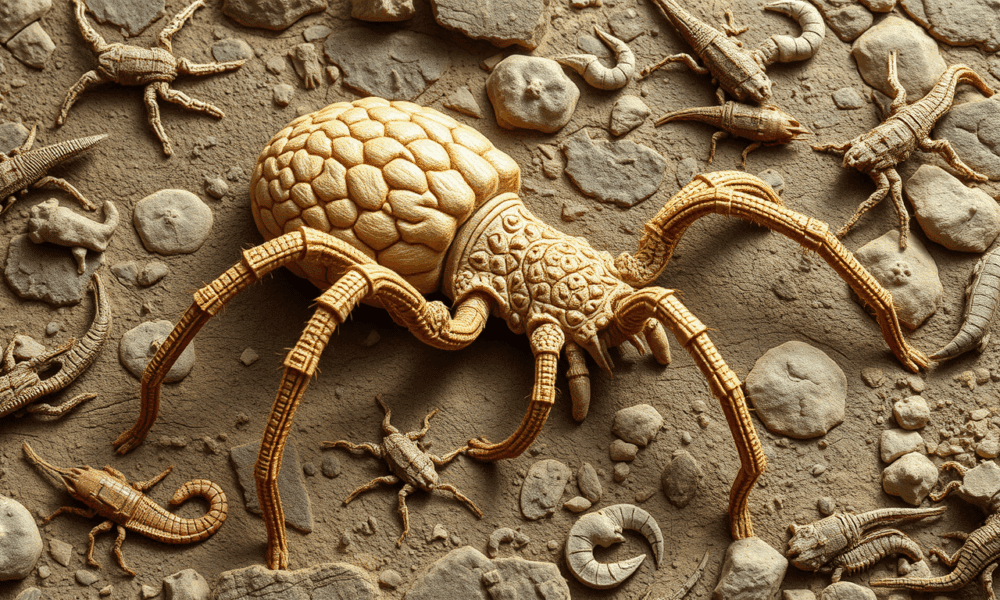
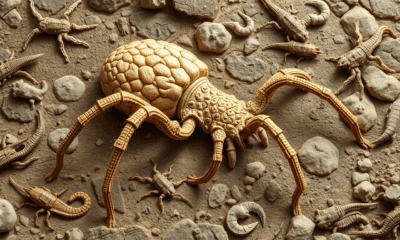

Half a billion years ago, a strange sea-dwelling creature called Mollisonia symmetrica may have paved the way for modern spiders. Using detailed fossil brain analysis, researchers...
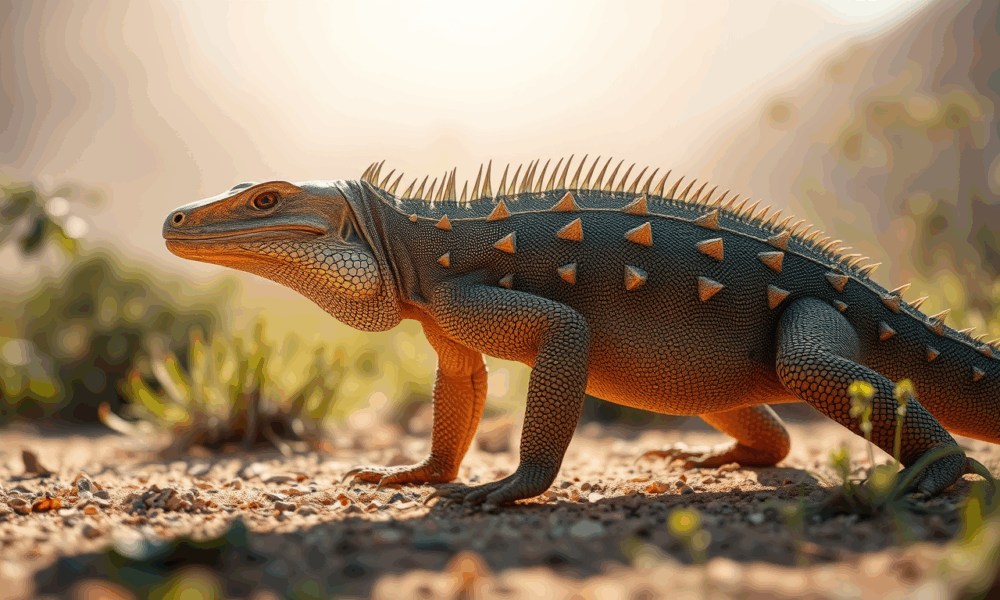
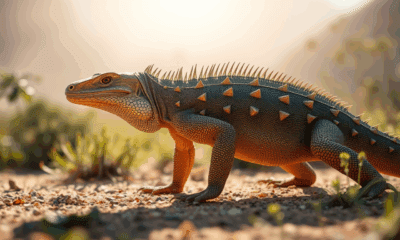

Scientists have uncovered hidden bony armor—called osteoderms—beneath the skin of 29 goanna species across Australasia, a discovery that radically changes what we thought we knew about...